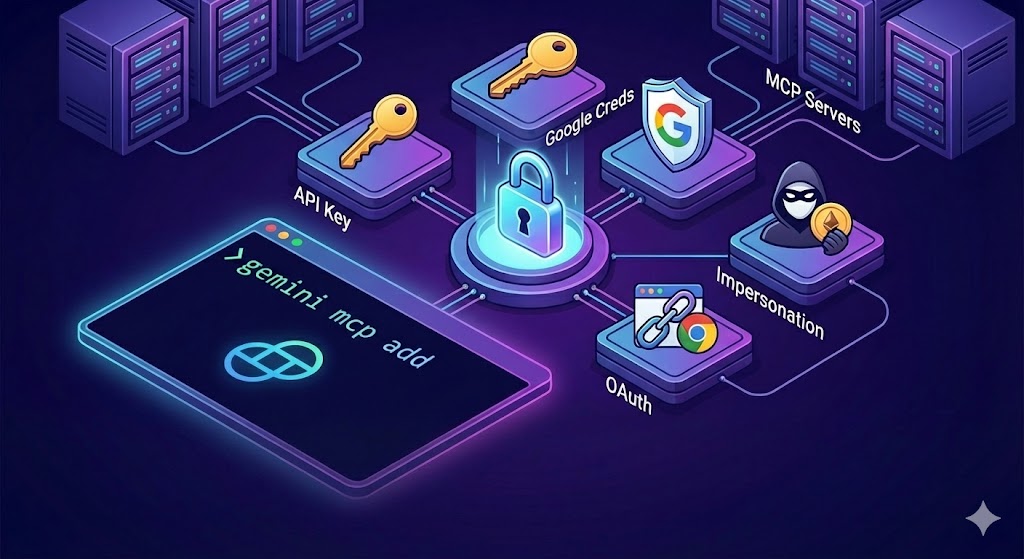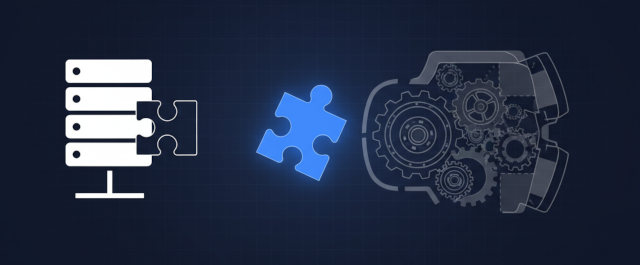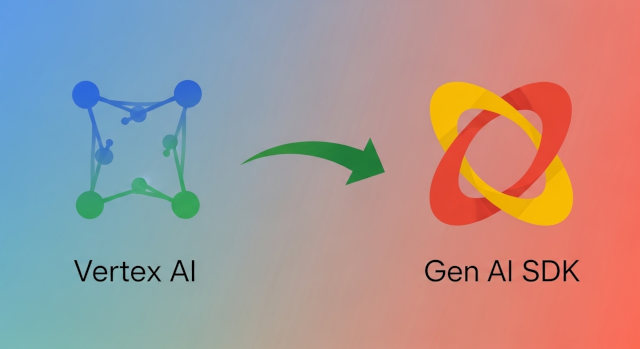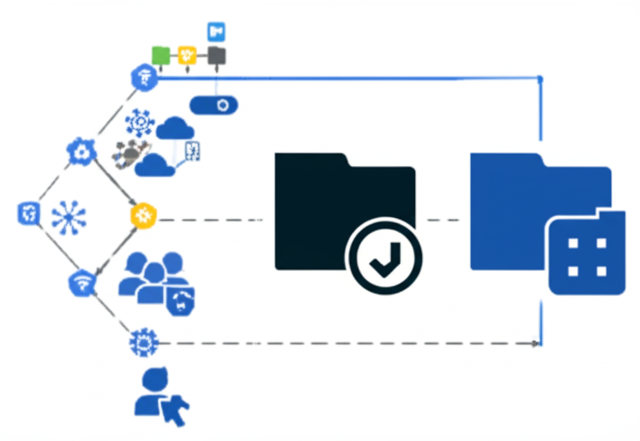
Gemini CLI Beyond the Basics: Choosing the Right MCP Authentication
The Gemini CLI offers flexible authentication strategies to secure your Model Context Protocol (MCP) connections. Whether you are connecting to a simple MCP server exposing a couple of tools or a strictly governed enterprise service on Google Cloud, selecting the right authentication method is critical for both security and usability.
Defining “Security” in a CLI Context
Before diving into configuration, it is important to define what “secure” means when running a local CLI. We aren’t just talking about encryption in transit (HTTPS); we are talking about Local Credential Management and Token Lifespan.









